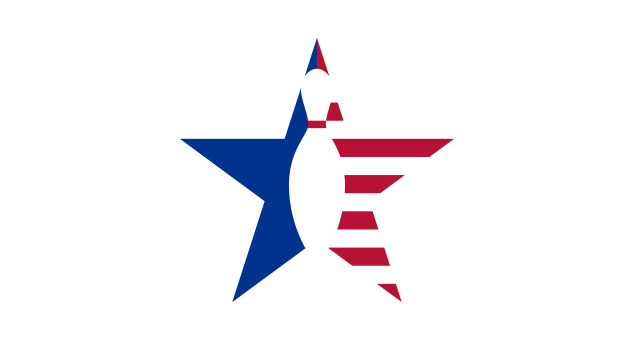Lane #1: Droid

57 Hook 12 Length 15 Breakpoint Shape
Manufacturer’s Intent: “We wanted to create an asymmetrical ball that has power on the backend, but is not skid/flippy,” says Lane #1 President Richie Sposato. “The Droid’s new core design allows for mid-lane roll without early hook, while also enabling the ball to hook strongly on the backend with a controllable, continuous motion to the pocket.”
Core Design: The new Cyborg-Diamond asymmetric core is noticeably beefed up in the center, which promotes an earlier revving motion in the midlane. The RG level is at 2.52, while the differential comes in at .045. The intermediate diff is moderate at .012. We saw nearly 6 inches of track flare with strong layouts utilizing weight holes located in the higher flaring quadrant.
Coverstock: The Droid’s neon green and black cover color is sure to catch the wandering eye, as will the show-stopping hook. The Bionic reactive surface is factory sanded at 2000 grit, which encourages a secure mid-lane motion. Response time off dry areas is moderate with this grit, but oil traction is well above average.
Test Results: The most notable asset of the new Droid was its big mid-lane motion. We did not see any skid/flip motion with any layout or surface tweak. The strength in the midlane requires oil, because as we experienced oil breakdown we also noticed a loss in pin carry. This minor annoyance can be overcome with added ball speed or loft, as well as a moderate smoothing of the ball's surface. Parallel or more aggressive moves inside the oil line also will help the Droid retain its energy and axis rotation longer to preserve carry power. When compared to the recently released Buzz Bomb Carnage (October 2011), the Droid had five to six boards more overall hook, with most of this occurring in the oil. The breakpoint was 2 to 3 feet earlier, with a similar hard-arcing finish.
When to Use: The Bionic cover formula needs and craves oil, so use accordingly. Speed-dominant types will enjoy the strong mid-lane and hard-charging breakpoint the Droid displays. We were able to play three to five boards inside the oil line on most house patterns, and just tickle the friction areas to string strikes. Slower speed types will likely need higher drill angles and pins around 2 to 3 inches from the PAP to delay the ball’s motion downlane.





